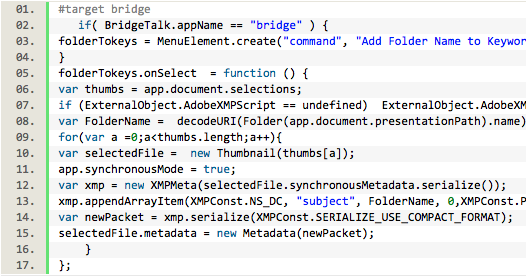- Home
- Photoshop ecosystem
- Discussions
- Re: Creating a new layer in Photoshop allows diffe...
- Re: Creating a new layer in Photoshop allows diffe...
Copy link to clipboard
Copied
When I create a new layer in Photoshop CC (Layer | New Layer) it creates a transparent one by default, which is usually what I want. However, sometimes I want a white layer, and the New Layer dialogue has a "Colour" option, but white (or indeed black) isn't an option. I know it's not too hard to select the entire layer and fill it, but it seems an unncessary extra two steps. Is there an easy way to create a new layer that is solid white?
 1 Correct answer
1 Correct answer
When you go to the Layers panel menu and select New Layer..., the Color option in the New Layer dialog is a color that is applied as a label to the layer as opposed to a fill on the new layer.
To create a new layer that is solid white, add a Fill Layer. Go to the Adjustments layer icon (the middle one at the bottom of the Layers panel), select Solid Color... or go to Layer > New Fill Layer > Solid Color... The Color Picker will open where you can select white or any other color to fill the lay
...Explore related tutorials & articles
Copy link to clipboard
Copied
When you go to the Layers panel menu and select New Layer..., the Color option in the New Layer dialog is a color that is applied as a label to the layer as opposed to a fill on the new layer.
To create a new layer that is solid white, add a Fill Layer. Go to the Adjustments layer icon (the middle one at the bottom of the Layers panel), select Solid Color... or go to Layer > New Fill Layer > Solid Color... The Color Picker will open where you can select white or any other color to fill the layer.
Copy link to clipboard
Copied
Ah, thank you very much Myra!
Copy link to clipboard
Copied
You're very welcome! 🙂
Copy link to clipboard
Copied
If this is something that you do regularly, then you would need to create an automation via an action or script to automatically add a new white-filled layer (a solid fill layer or a standard pixel layer). The action can use an F-key keyboard shortcut, while an installed script can use a custom keyboard shortcut.
Script code for a white color fill layer:
solidFill(255, 255, 255);
function solidFill(R, G, B) {
function s2t(s) {
return app.stringIDToTypeID(s);
}
var descriptor = new ActionDescriptor();
var descriptor2 = new ActionDescriptor();
var descriptor3 = new ActionDescriptor();
var descriptor4 = new ActionDescriptor();
var reference = new ActionReference();
reference.putClass( s2t( "contentLayer" ));
descriptor.putReference( s2t( "null" ), reference );
descriptor4.putDouble( s2t( "red" ), R );
descriptor4.putDouble( s2t( "grain" ), G );
descriptor4.putDouble( s2t( "blue" ), B );
descriptor3.putObject( s2t( "color" ), s2t( "RGBColor" ), descriptor4 );
descriptor2.putObject( s2t( "type" ), s2t( "solidColorLayer" ), descriptor3 );
descriptor.putObject( s2t( "using" ), s2t( "contentLayer" ), descriptor2 );
executeAction( s2t( "make" ), descriptor, DialogModes.NO );
}
Script code for a white raster layer:
addWhiteLayer();
function addWhiteLayer() {
function s2t(s) {
return app.stringIDToTypeID(s);
}
var descriptor = new ActionDescriptor();
var descriptor2 = new ActionDescriptor();
var reference = new ActionReference();
reference.putClass( s2t( "layer" ));
descriptor.putReference( s2t( "null" ), reference );
executeAction(s2t( "make" ), descriptor, DialogModes.NO);
descriptor2.putEnumerated( s2t( "using" ), s2t( "fillContents" ), s2t( "white" ));
descriptor2.putUnitDouble( s2t( "opacity" ), s2t( "percentUnit" ), 100 );
descriptor2.putEnumerated( s2t( "mode" ), s2t( "blendMode" ), s2t( "normal" ));
executeAction( s2t( "fill" ), descriptor2, DialogModes.NO );
}
Info on saving and running scripts:
https://prepression.blogspot.com/2017/11/downloading-and-installing-adobe-scripts.html
Find more inspiration, events, and resources on the new Adobe Community
Explore Now